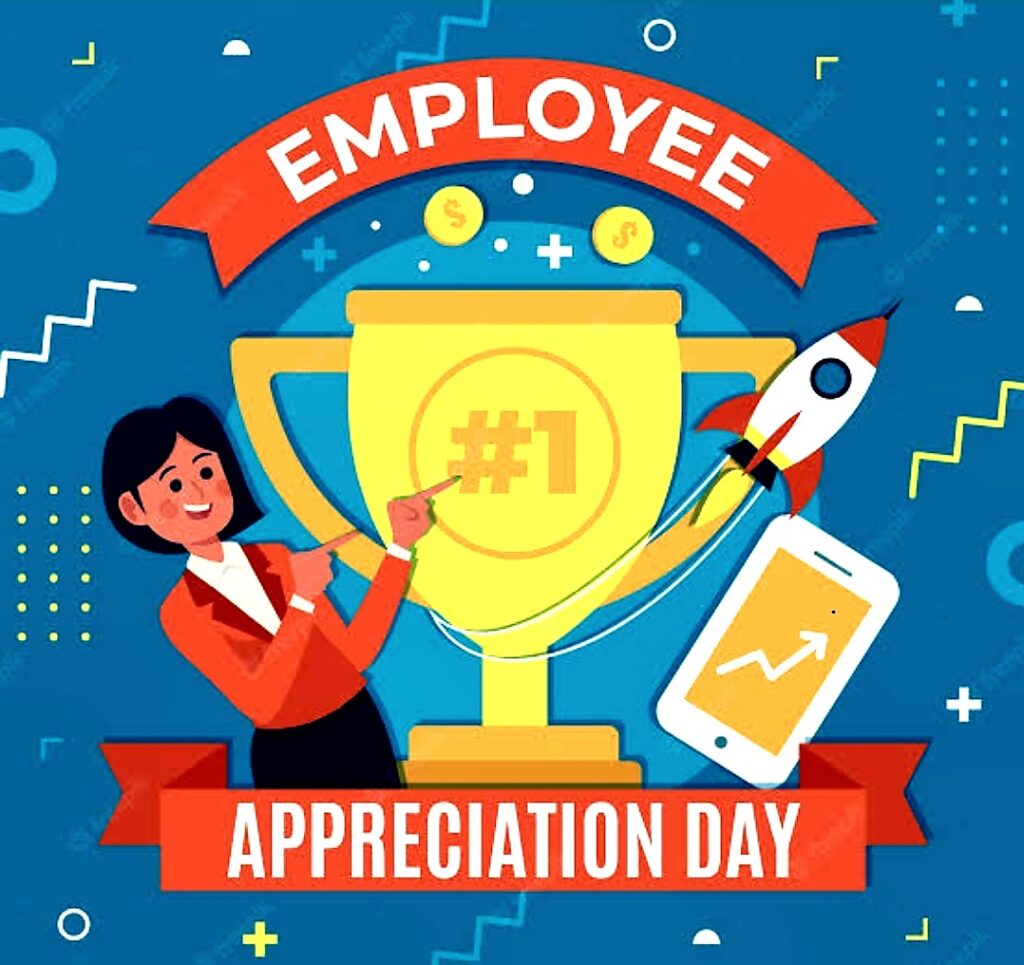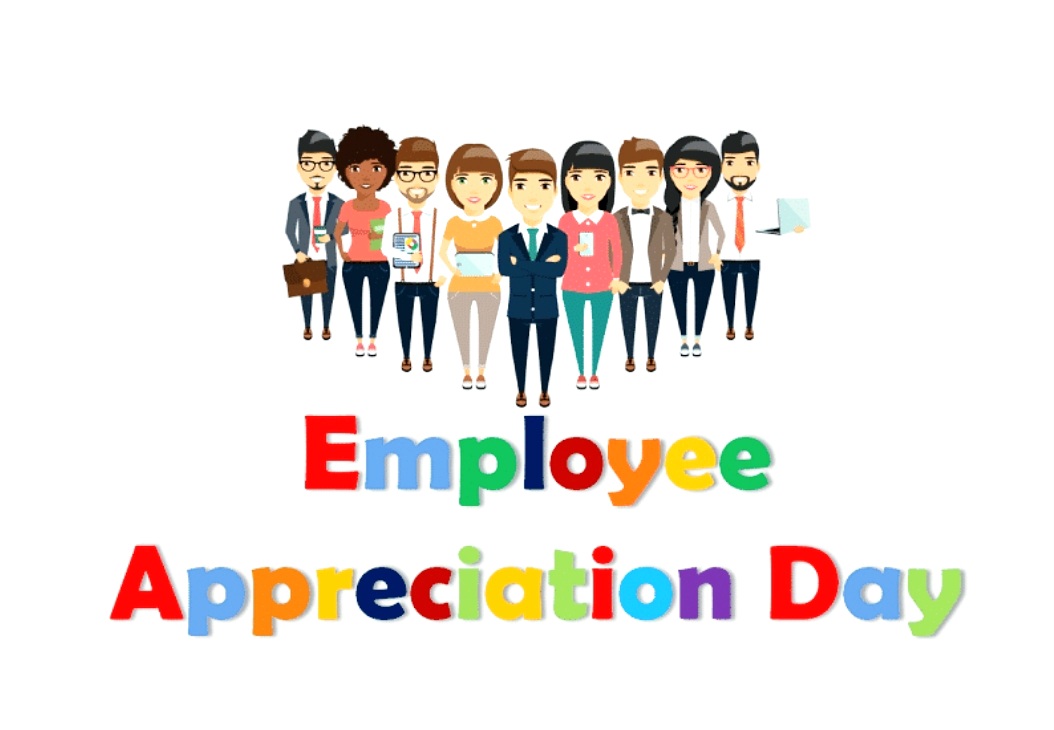It’s time to make thanking employees a regular practise instead of just an annual event in honor of Employee Appreciation Day.
Employers can no longer take their employees for granted as a result of the Battle for Talent that businesses have been fighting for the past few years. Small and medium-sized firms are hiring as many people as they can, which is helping to keep unemployment at decades-long lows, despite major layoffs in the IT and banking industries garnering headlines.
But it also means that businesses need to do a better job of recognising the crucial role workers play in the company if they want to attract and, perhaps more significantly, keep their best employees.
According to Zoe Peterson-Ward, the Chief customer Officer at Workhuman, employee recognition cannot be done as a check-the-box exercise.
Employees today expect more from their companies than ever before, and this is still true for recognition. Not only should recognition be given more regularly, but it should also be tailored to each person individually to make them feel important and valued within the company. Additionally, rewarding employees well has significant benefits. According to research, employees are 30% more likely to feel connected to company culture, 3 times more likely to agree that their organization cares about their wellbeing, and 3 times more likely to feel connected to company culture when they believe their company is invested in their professional growth and personal well-being.
Genuine and regular acknowledgment
One of the biggest errors companies make in employee recognition is failing to recognise genuineness.
“Unauthentic appreciation moments won’t be well received since employees can tell when actions of gratitude are sincere or not,” adds Peterson-Ward.Peterson-Ward cites an instance where an executive sends the same “canned” thank-you email to every employee.

Imagine the difference in how you would feel, she continues, if the note was customised and highlighted the specifics of what you did to help the project succeed. “Having a unique, sincere statement that is tailored to that employee increases their experience when receiving the honour,” says the author.
Traditional celebrations like a pizza party or happy hour are wonderful gestures, but they don’t have a lasting effect on employees, according to Peterson-Ward. When considering how to design more effective recognition programmes, “making these celebrations and gestures a year-round activity is considerably more rewarding to employees and should be prioritised.”
This is especially true for younger generations who yearn for consistent genuine acknowledgement. According to study by Workhuman, 78% of millennial and Gen Z employees expect regular praise from their supervisors.
These elements all work well together, according to the speaker. “For instance, equitable recognition can be developed from a workplace culture that promotes diversity, equity, and inclusion, as well as fulfilling recognition that can also be individualised acknowledgment. The benefit of recognition programmes will be seen by employees across all enterprises when all of these components of recognition operate together.
Making sure staff feel valued and recognized.
According to recent Workhuman research, nearly three out of ten workers (30%), 23% of people feel excluded from conversations, and 22% feel completely invisible at work. They lack a sense of worth or visibility.
“For many workers, feeling seen is a continual fight,” adds Peterson-Ward. Effective, genuine acknowledgment can foster relationships in the workplace and provide these invisible workers a sense of being recognised, especially when combined with regular managerial check-ins.
According to Peterson-Ward, businesses must also take into account how recognition affects DE&I (diversity, equity, and inclusion) goals within the company.
According to Peterson-Ward, employers must take decisive action to link DE&I initiatives with recognition programmes. “Recognition in all of its forms should be inclusive of all individuals and workers at any given organisation.She continues by saying that cutting-edge technologies like AI and machine learning can assist executives and business leaders in getting rid of microaggressions and racial bias in their recognition programs and, in the end, better educating both themselves and their staff about what it means to be truly inclusive and equitable.
“Businesses must prioritise making younger generations feel constantly noticed and valued” when putting into practise successful recognition tactics, according to Peterson-Ward. Also, it’s critical to remember every member of your workforce, which makes individualised recognition all the more valuable.
meeting workers where they are
Employee Appreciation Day is a great opportunity to evaluate how frequently and in ways that are both genuine and personalised your firm celebrates its employees.
You could even be amazed at how much more productive your staff members become if you can meet them where they’re at in meaningful ways because they truly like the work they’re doing to further your purpose.
Or, perhaps it’s time to declare every day Employee Appreciation Day.
You May Also Like..
